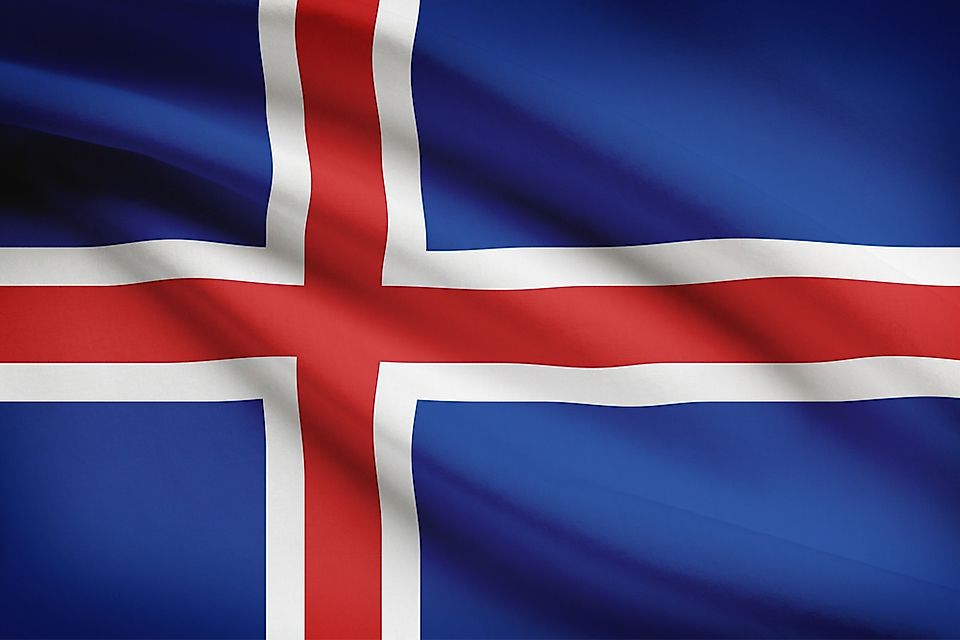What Is the Capital of Iceland?

What Is the Capital of Iceland?
The capital of Iceland is Reykjavik, which is located along the southwestern shore of Iceland in the Faxa Bay area. This city has a population size of approximately 123,246 and serves as the country's center of economic and political activity. In fact, it is home to a number of corporate headquarters and investment banks. Due to the 21st century economic boom, developers in this city took on a large number of construction projects, and The Economist Group named it the richest city in the world, as of 2007. However, many of these construction projects were stopped during the global economic crisis of 2008.
The area surrounding this capital city was formed by seismic activity, glaciers, and volcanic lava. The Ellioaa River crosses through Reykjavik and although it cannot be traveled by large ships, it is a popular spot for salmon fishing. Reykjavik has the unique distinction of being the most northerly located capital in the world.
History of Reykjavik
Researchers believe that modern-day Reykjavik is the site of the first human settlement in Iceland, which dates back to 874 AD. Although settled by Norsemen for hundreds of years, this area remained largely undeveloped until after it was officially established as a trading town in 1786. As part of the Danish Kingdom, businesses in this city were prohibited from trading with anybody outside of the Danish realm. This decree remained in place until 1880.
Around the same time, with the establishment of free trade, many residents of Reykjavik began promoting the idea of independence. In 1845, the Althing parliamentary system, which is the oldest in the world, was put back into service in this city. Reykjavik remained an important center for the independence movement until Iceland was granted freedom in 1918.
Reykjavik played a critical role during World War II, when it was occupied by the British and American forces. The troops began construction projects, which provided jobs to the local population and provided the country with an airport. This development continued after the war ended, until Reykjavik became a well-known international player in the technology and financial sectors.
Demographics of Reykjavik
As mentioned, the population size of Reykjavik is approximately 123,246. This number represents 60% of the national population, making this city the most populated urban area in Iceland. Like the rest of the country, Reykjavik has a relatively homogenous population. Only 8% of the residents here are from foreign countries. The majority of people in this city are of Norwegian and Gaelic descent. The Norwegians represent the Norsemen who settled the area, while those of Gaelic descent are likely descendants of slaves brought from Scotland and Ireland. A very small percentage of the population reports having Danish ancestry.
Today, Iceland lacks an adequate workforce and is working to promote immigration to this country. The majority of future immigrants are likely to settle in Reykjavik, where most of the employment opportunities are located. Estimates suggest that 15% of the city's population could be made up of people from foreign countries by the year 2030.











